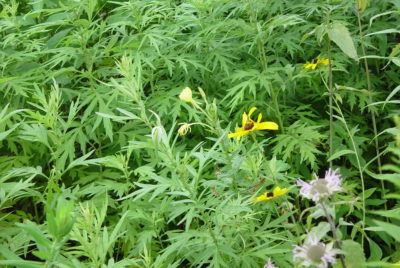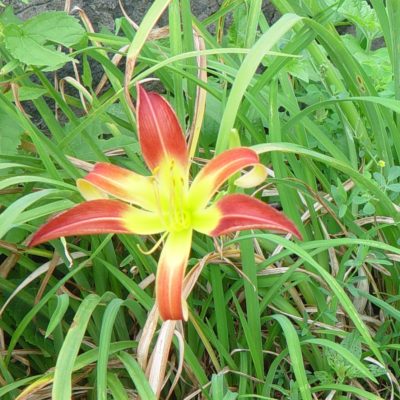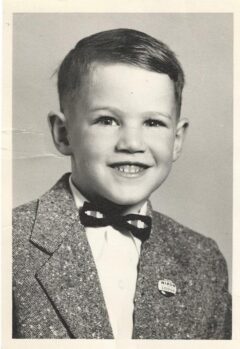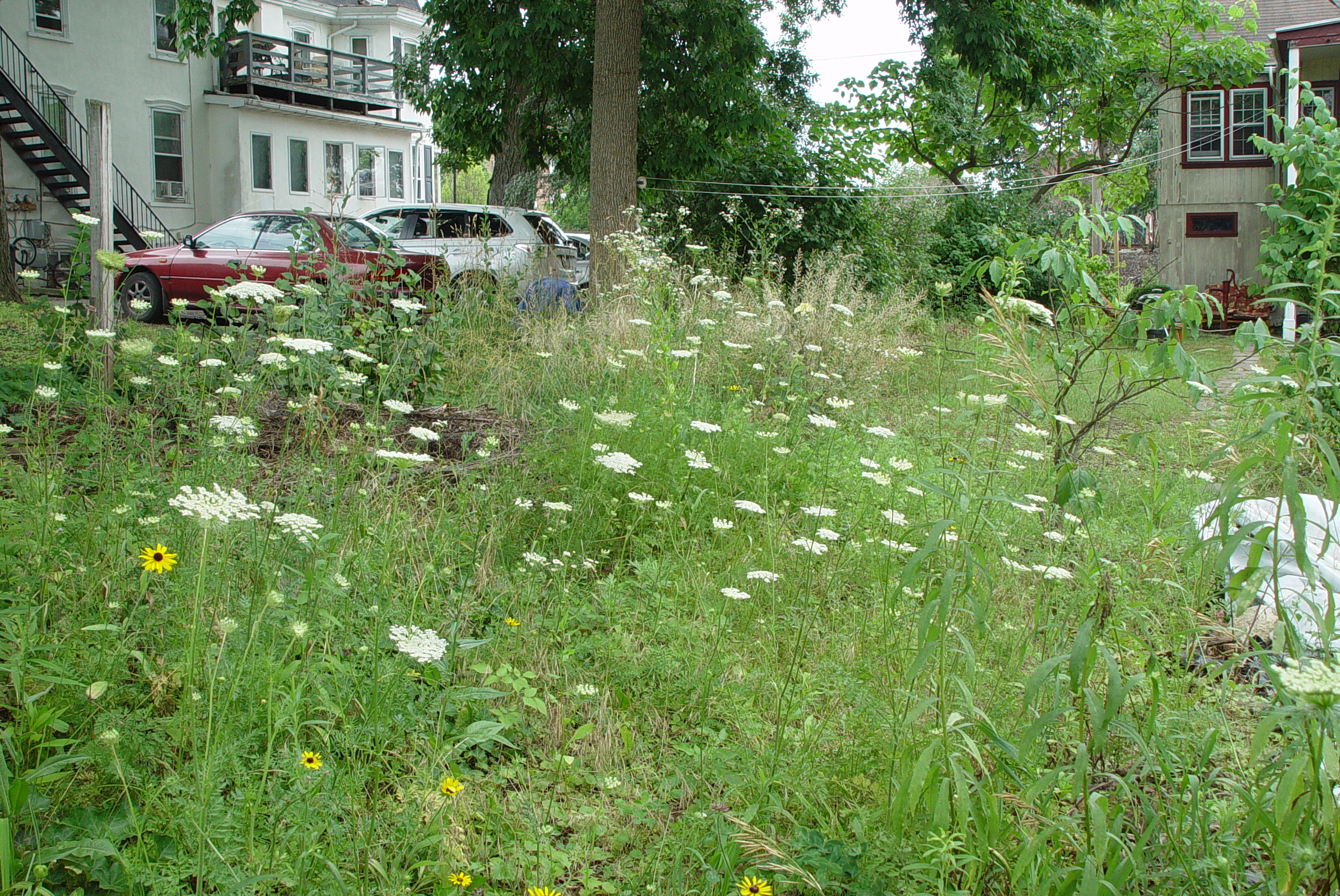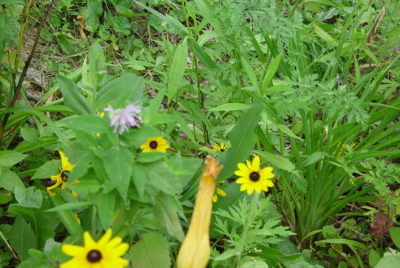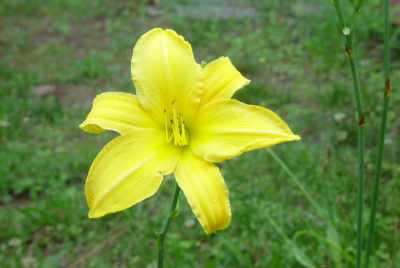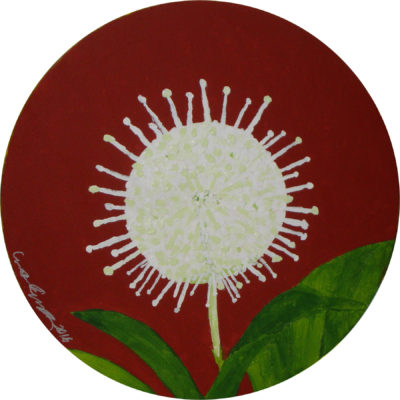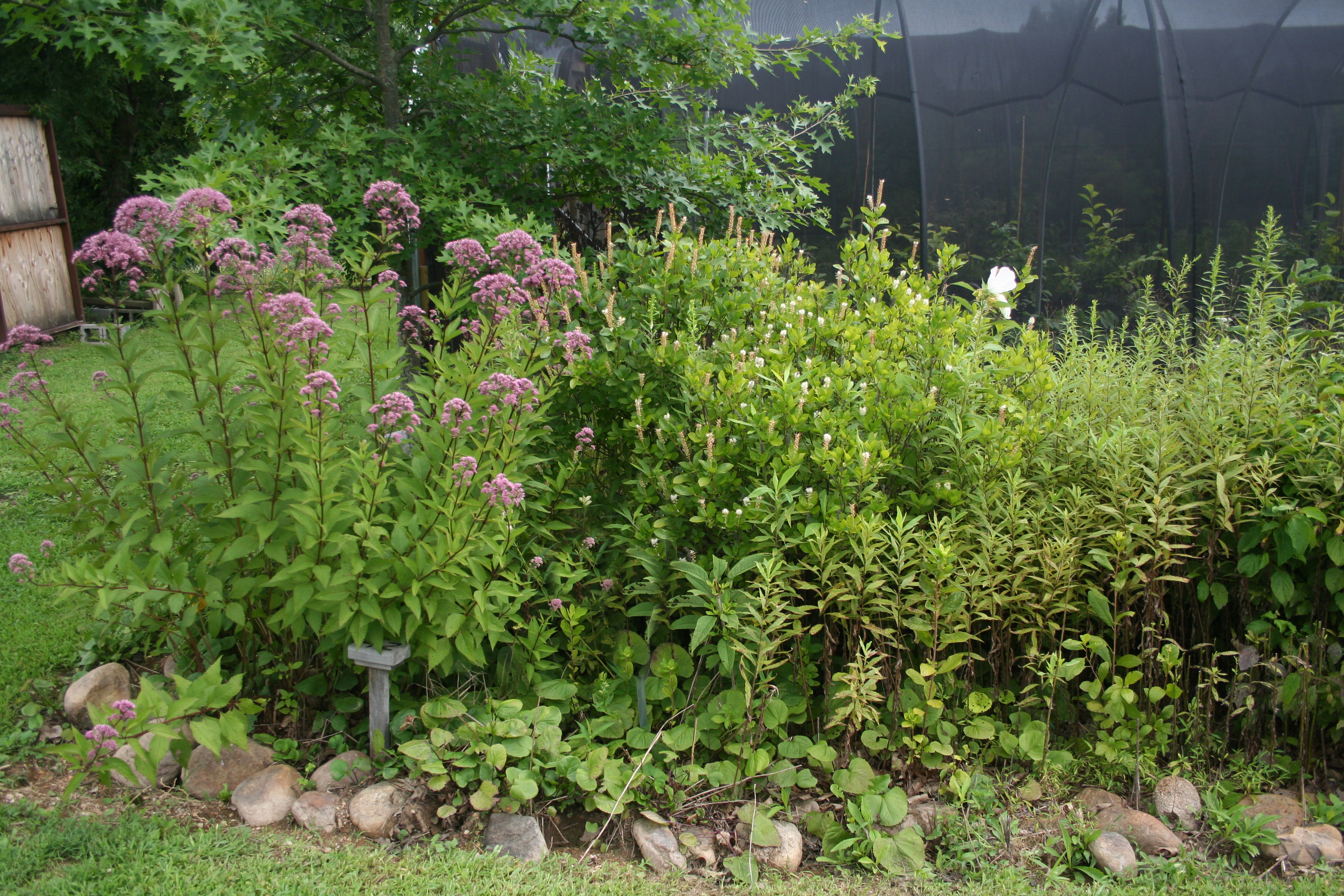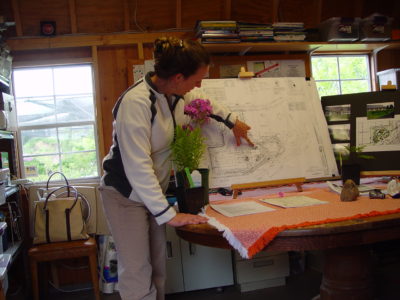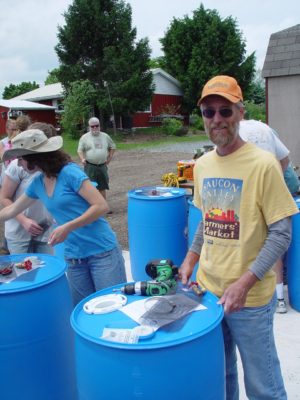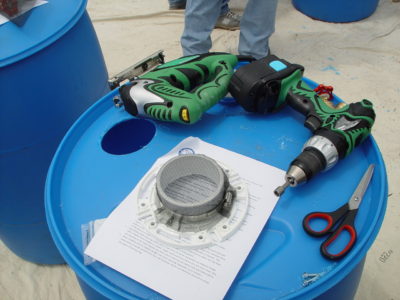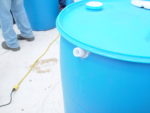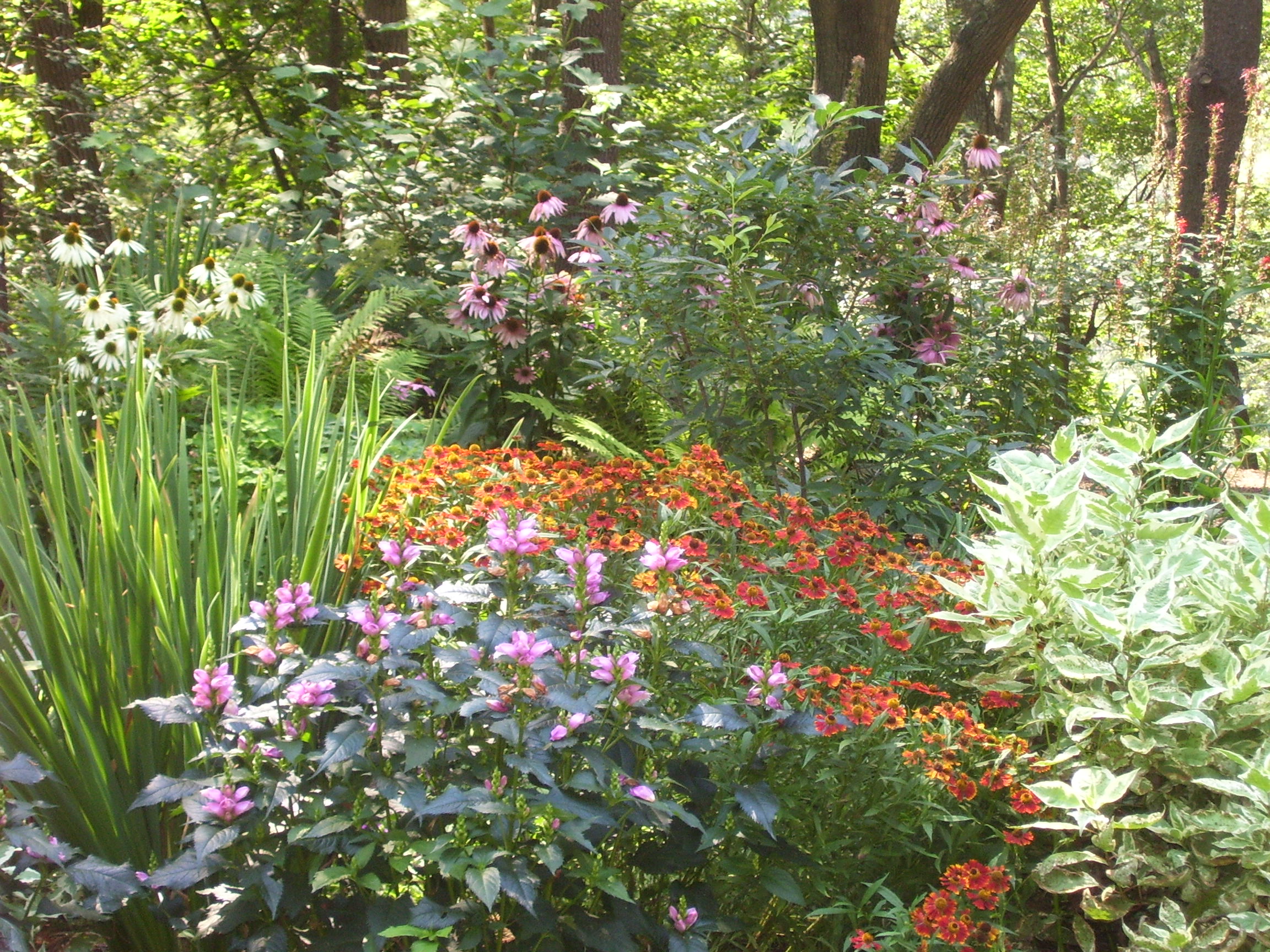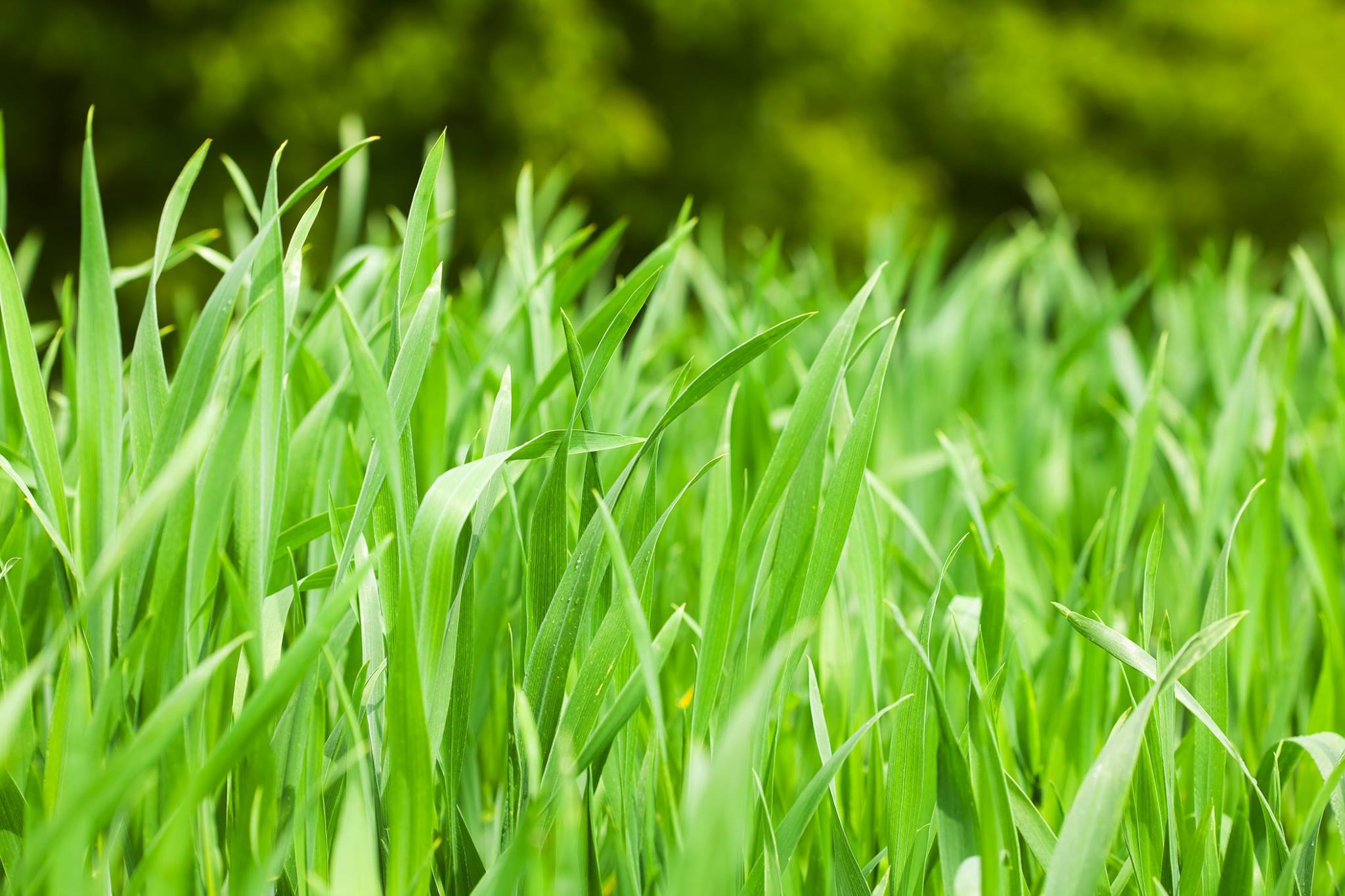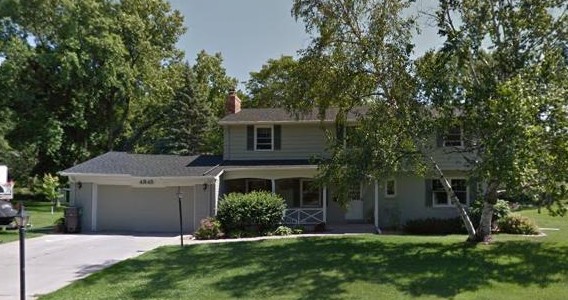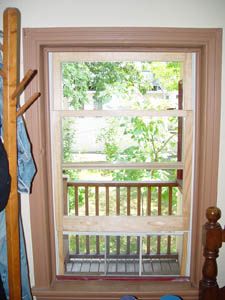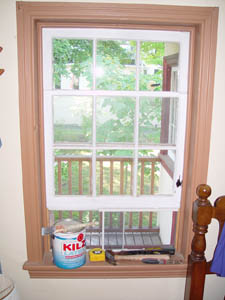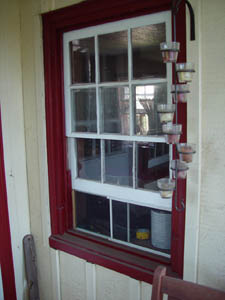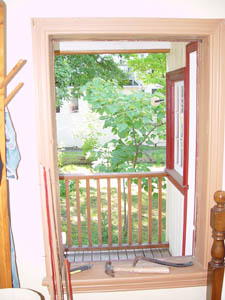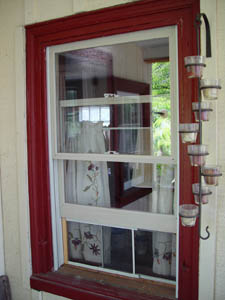From the time I was six until I was twenty, we lived in Golden Valley, Minnesota. Golden Valley is a suburb of Minneapolis. In the 1960’s and 1970’s, it was home to General Mills, Honeywell’s MIRV control plant (making it the #16 strategic nuclear target for the Russians), Carl Sandburg Junior High (right across the street), Glenwood Hills Hospital, Theodore Wirth Park and Golden Valley Country Club. We were told that the village took its name from John Steinbeck’s Travels With Charley. This was Steinbeck’s journal of the time he bummed around the country with his standard poodle, Charley. They sat down in a field of amber grain and John said: “Now this truly is a golden valley!” I now know this is not true, but this is the myth of the place that we were taught at Carl Sandburg. Poetry apparently trumped science. Travels With Charley happened in 1960; the village was incorporated in 1886. By the way, Carl Sandburg attended the dedication of the school in 1959 and our family was there and we met him. I was only four at the time. I was dressed in a suit. He treated me without condescension.
At any rate, never let the facts get in the way of a good story. The point of this whole ramble through Golden Valley is that the valley still had some golden fields when Steinbeck may or may not have traveled through it with his poodle in 1960. By the summer of 1961 my dad had built our house in a subdivision of the last one. The fields of wheat were gone. We had a clean, new suburb with lots of green lawns.
But how green are lawns?
Before we get into the whole chemical fertilizer, gas power mower, crabgrass killer end of things; let’s take a look at just the idea and physical presence of lawns and see how things add up.
Why do we have lawns, anyway? Years ago, in a magazine called Country Journal, there was an essay on lawns on the next to the last page. From it I learned that the idea of the individual lawn came from English and northern European aristocracy. It was a sign of great wealth. It indicated that you had so much land that you could afford to mow some of it. You already had more than enough for your crops, more than enough for your livestock, more than enough, even, than for your herbs and flowers. You had so much land, in fact, that you could afford to intentionally waste some of it. It was the epitome of conspicuous consumption. This idea was carried forward to American farmers. It was a sign of prosperity and overabundance to have a small lawn around the farmhouse.
Then came the mechanization of farming with its accompanying great migration into cities. Those who managed to benefit from industrialization and centralization chose the same sign to advertise their prosperity. They had enough wealth to have a piece of ground that they could mow without even having to farm at all. On top of that, came the expanding middle class with the idea of a consumer society. Then came the cold war with its xenophobia which led people to want to have a buffer zone between themselves and their neighbors, as well as enough space to build a bomb shelter in the backyard. Then came the urban race riots of 1965 and 1968 that caused more people to be afraid of cities and flee to the perceived safety of the suburbs. Television evening news with its “If it bleeds it leads” policy combined with the economy of showing all the news that is convenient (i.e., urban) only reinforced these fears. White flight from the cities has caused so much urban sprawl that on a night time flight from Philadelphia to Minneapolis in 2000, I saw only suburbs below.
Just the fact of lawns existing, increase the need for transportation, because they increase the distance between us. Paradoxically, lawns cause more land to be paved as we need more and longer roads to get around them all to get anywhere. The more paved land there is, the higher the incidence of flash floods with its damage to life and property, not to mention the accompanying erosion. Lawns take land out of agricultural production and deplete wildlife habitat. By the lawns being clipped short, they do not produce as much oxygen and sequester as much carbon as would a farm, pasture, meadow or woods with undergrowth.
By taking land out of possible agricultural production, we have limited our opportunities for energy independence by means of biofuels. Although I have looked into the possibility of replacing my lawn with switchgrass or poplar trees to produce home heating fuel.
The bottom line is: No matter how green they appear to be, lawns are not green.
Next time, I’ll talk about the effects of lawn maintenance and some greener options.
The house pictured above is 4845 Lowry Terrace, Golden Valley, Minnesota, the location of the lawn I mowed as a child. My dad built that house in 1961. Photo is from Google Earth.
 I was released from the hospital late Thursday night, after six days to treat an infection in the suture line in my chest a month after open heart surgery. I got home close to midnight because we had to wait for the delivery of the wound vac, which the nurse then had to attach to my chest.
I was released from the hospital late Thursday night, after six days to treat an infection in the suture line in my chest a month after open heart surgery. I got home close to midnight because we had to wait for the delivery of the wound vac, which the nurse then had to attach to my chest. The tulip poplar sapling that was poisoned by something, survived and has put out new leaves. The Florida Tetrapetal St. John’s Wort has surprised us once again. It never comes up where I scatter its seeds, but we always manage to have some in our yard. (The birds have been kind.) We just had one blooming in front of the house. While I was in the hospital a couple popped up in our Monarch Garden in front of the back shed and one is peeking up through the ‘weeds’ on the wildflower hill on the other corner of the backyard.
The tulip poplar sapling that was poisoned by something, survived and has put out new leaves. The Florida Tetrapetal St. John’s Wort has surprised us once again. It never comes up where I scatter its seeds, but we always manage to have some in our yard. (The birds have been kind.) We just had one blooming in front of the house. While I was in the hospital a couple popped up in our Monarch Garden in front of the back shed and one is peeking up through the ‘weeds’ on the wildflower hill on the other corner of the backyard.